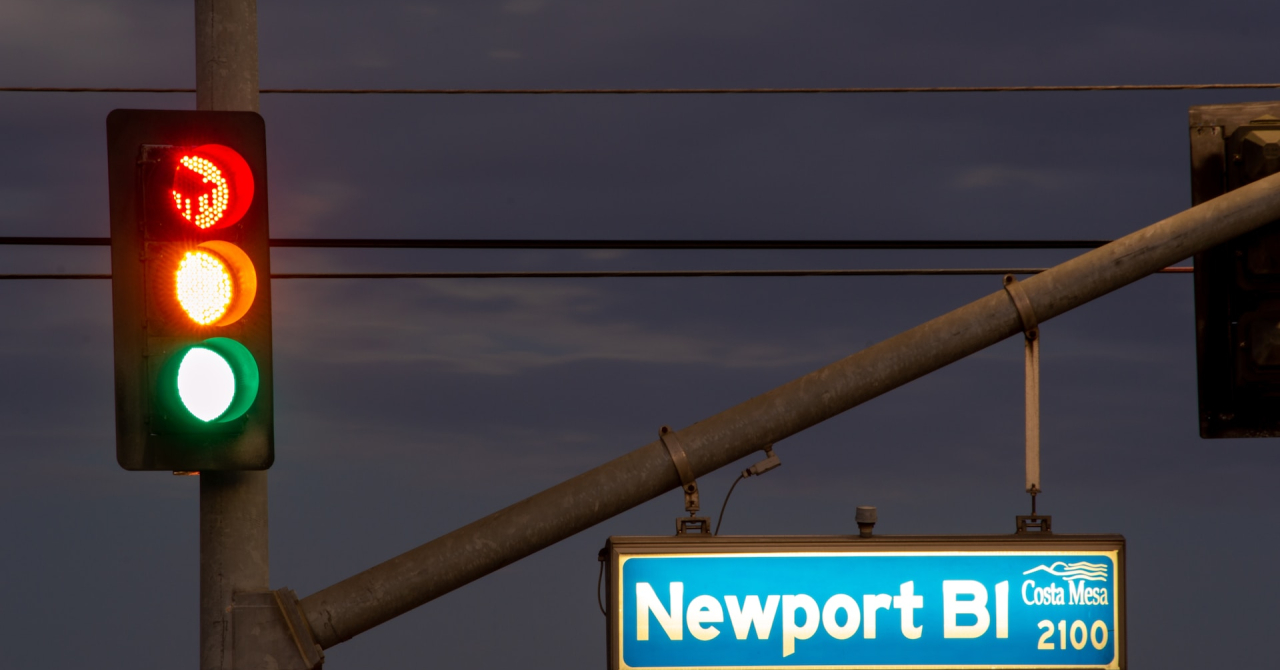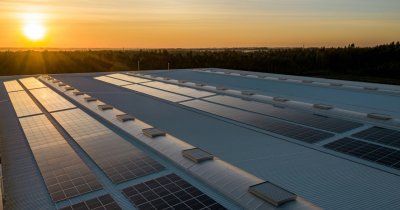Google officials report that this problem can be especially present in intersections, where pollution levels can be as much as 29 times higher than on an open road, mostly due to the fact that vehicles constantly stop and go from that spot.
Green Light is a Google Research initiative that makes use of AI and Google Maps to learn traffic patterns and how these could be optimized to deliver a better driving experience in packed intersections, but also better air quality for city dwellers.
"City engineers can implement these in as little as five minutes, using existing infrastructure. By optimizing not just one intersection, but coordinating across several adjacent intersections to create waves of green lights, cities can improve traffic flow and further reduce stop-and-go emissions", Google officials said.
Already being used in 70 intersections across 12 different cities, Google Green Light can save fuel and lower emissions for as many as 30 million car trips per month.
Budapest, Haifa, Rio de Janeiro and Hamburg are some of the cities where AI works together with virtual maps to optimize the flow of traffic in some of the busiest intersections.

For the cities that already collaborate with Google on traffic light optimizations, representatives said that using the AI-based technology is much better than previous attempts to fix traffic jams. Before, they had to use expensive sensors or worse, manual car counts for the vehicles that passed through intersections.
"We build an AI-based model of each intersection, including its structure, traffic patterns (such as patterns of starting and stopping), light scheduling, and how traffic and the light schedules interact, and then we also build a model of the interaction between traffic lights", Google explained.
Based on the findings, they suggest a number of changes to city planners on how to coordinate intersections and change the timing on traffic lights, so that vehicles can go for longer, before the inevitable stop.
"Our technology has shown success in cities like Seattle and Hamburg — and the potential for impact is even more significant in cities with less access to advanced technology. We are working closely with our partner cities to scale to more intersections within each city, and we aim to expand to more locations next year, so that across the world, people can experience cleaner, greener cities", Google concluded.
How would synchronized traffic lights help with the traffic in Bucharest
According to Eduard Dumitrașcu, president at Asociația Română pentru Smart City, well-timed traffic lights could help Bucharest's traffic greatly. He believes that public transport should be the one that gets the priority when it comes to synchronization. This can help the people that need to get to their job or school faster and would reduce waiting times at bus stops.

He also says that a more optimized flow of traffic would help with mitigating pollution-related disease, as in Romania, every year around 27.000 people are killed by diseases associated with high pollution levels.
Thus, local authorities in Bucharest and not only could start doing their own research to find how a tool such as Google Green Light could help optimize the flow of traffic, as a first step. Then, a custom solution can be implemented, as every city is different with regards to the number of cars and the layout of the streets and intersections, in order to offer the best possible experience for the drivers, but also for the dwellers.
 Mihai - Cristian Ioniță
Mihai - Cristian Ioniță












Any thoughts?